Frangipani flowers, also known as Plumeria, are renowned for their enchanting beauty and captivating colors. Native to tropical and subtropical regions, these flowers have become symbols of beauty, grace, and serenity across the world. This essay explores the allure of frangipani flowers, focusing on their aesthetic appeal, the diversity of their colors, and their cultural significance.
The Aesthetic Appeal of Frangipani Flowers
Frangipani flowers are celebrated for their simple yet elegant structure. Typically, each flower has five rounded petals that form a pinwheel shape, creating a harmonious and balanced appearance. The petals are often waxy and smooth, contributing to the flower’s delicate yet robust nature.
One of the most striking features of frangipani flowers is their fragrance. The scent, which can vary from sweet and floral to spicy and citrusy, intensifies in the evening and early morning, attracting pollinators such as moths and butterflies. This delightful aroma adds to the overall sensory experience of the frangipani, making it a favorite in gardens and floral arrangements.
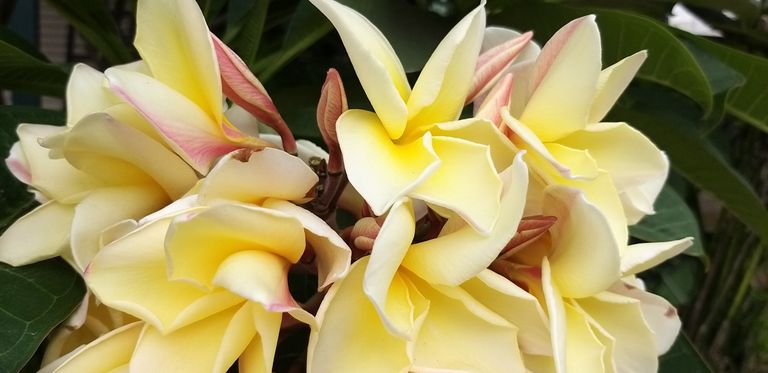
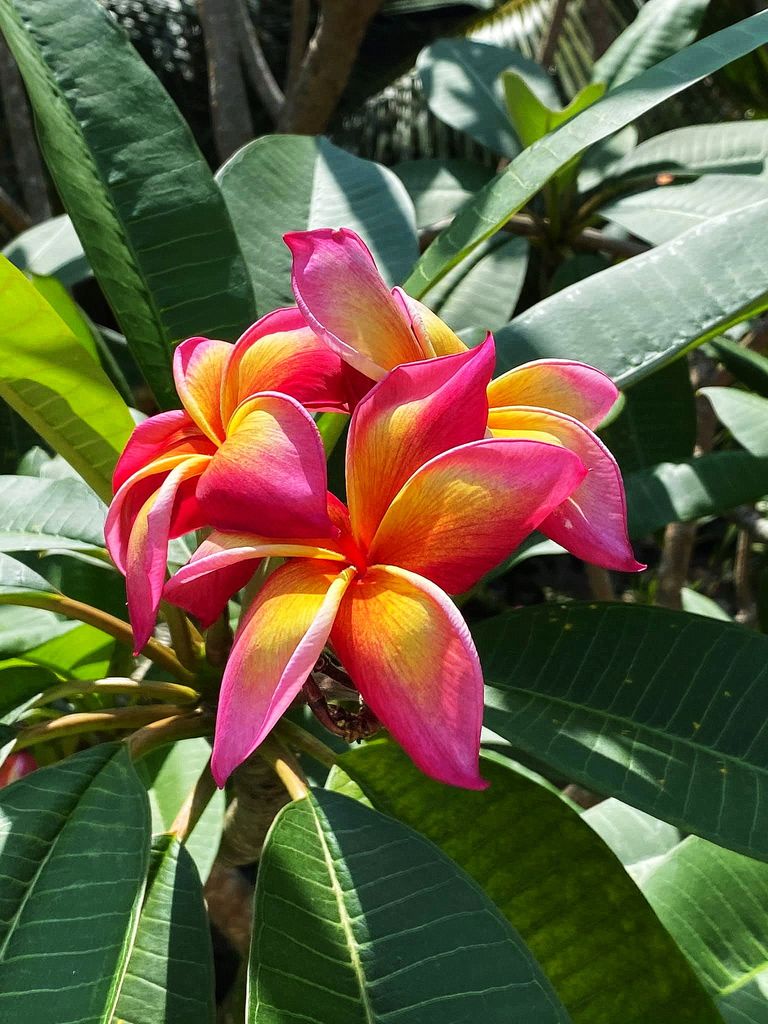
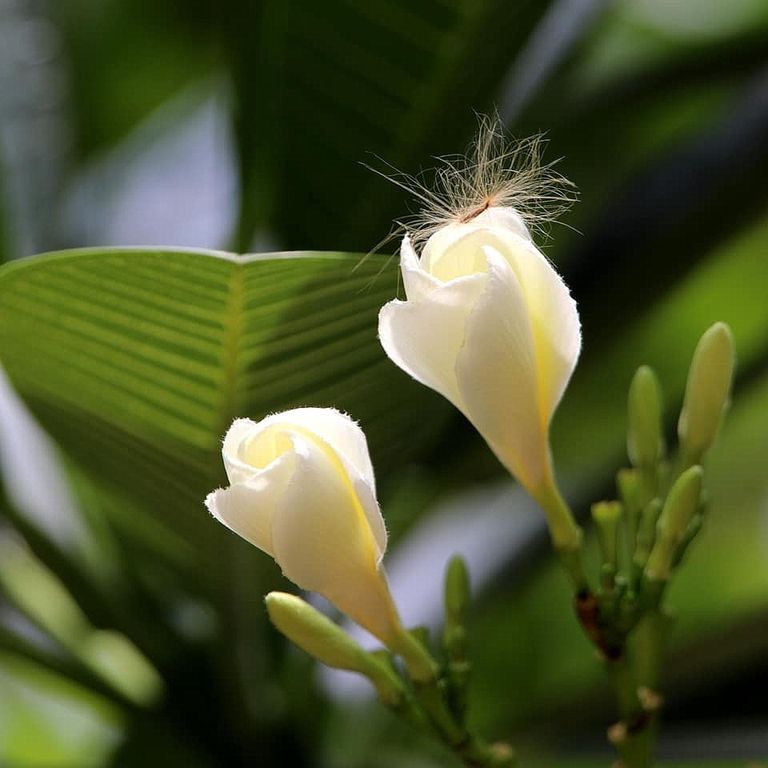
The Diversity of Colors
Frangipani flowers come in a stunning array of colors, each variety offering its own unique charm. The color palette of frangipani includes shades of white, yellow, pink, red, and even multi-colored combinations. This diversity in color enhances their beauty and allows for endless possibilities in landscaping and decoration.
White Frangipani: The classic white frangipani is perhaps the most recognized variety. With its pristine white petals and a yellow center, this flower exudes purity and elegance. The contrast between the white petals and the vibrant yellow heart creates a striking visual effect.
Yellow Frangipani: Yellow frangipani flowers are associated with warmth and cheerfulness. Their bright, sunny hue can instantly uplift any garden or bouquet. The golden yellow color is often complemented by a darker orange or red center, adding depth and vibrancy to the flower.
Pink Frangipani: Pink frangipani flowers range from soft pastel pinks to deep magentas. These flowers symbolize romance, grace, and femininity. The varying shades of pink, sometimes combined with white or yellow, create a mesmerizing gradient effect on the petals.
Red Frangipani: Red frangipani flowers are bold and striking, symbolizing passion and strength. The deep, rich red petals can create a dramatic contrast in any floral arrangement or garden setting. Some red frangipani varieties also feature hints of orange or purple, adding to their allure.
Multi-Colored Frangipani: Some frangipani flowers display a beautiful blend of colors, such as white and pink or yellow and red. These multi-colored varieties are particularly captivating, as the interplay of colors can vary from flower to flower, offering a unique and dynamic visual experience.
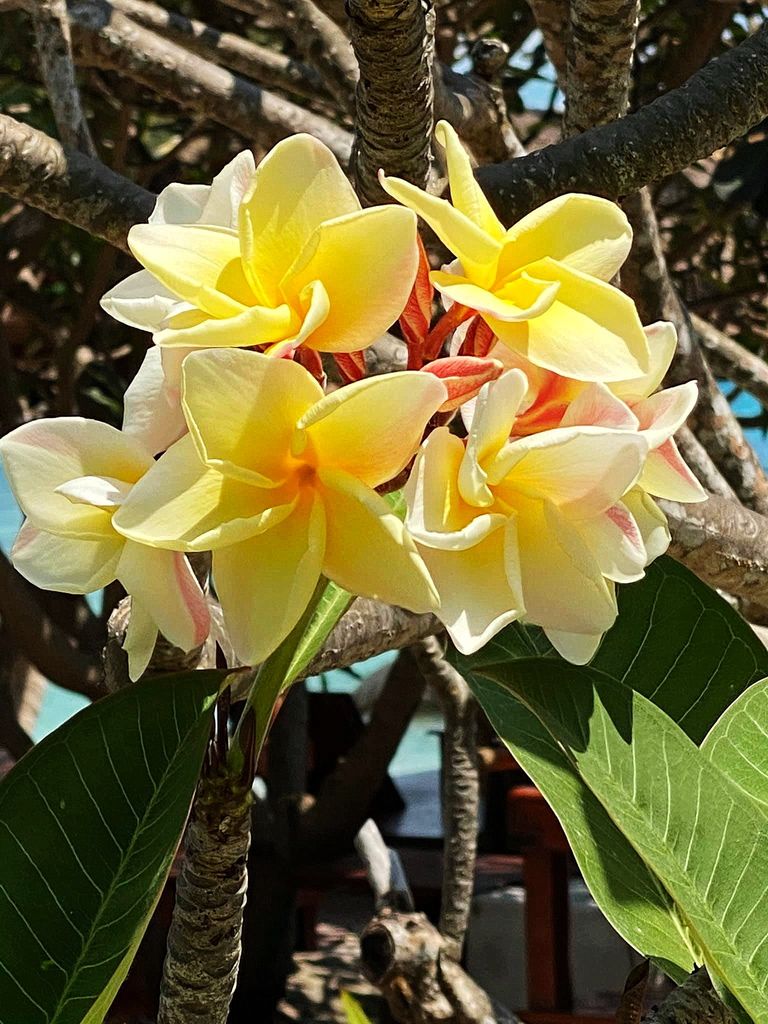
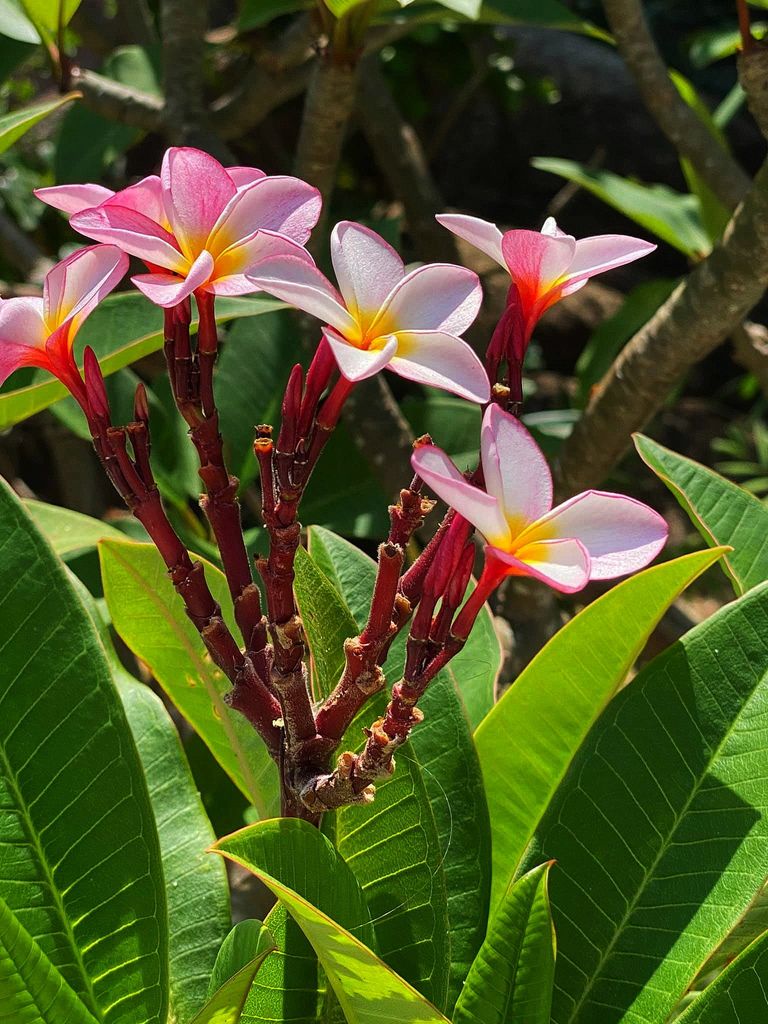
Cultural Significance
Frangipani flowers hold significant cultural and symbolic meaning in various parts of the world. In many cultures, they are associated with themes of beauty, love, and spirituality.
Hawaii: In Hawaiian culture, frangipani flowers are used to make traditional leis, which are given as symbols of welcome, love, and friendship. The flowers are also worn behind the ear to indicate relationship status; behind the left ear signifies being taken, while behind the right ear indicates being single.
India: In India, frangipani flowers are often used in religious and spiritual ceremonies. They are associated with devotion and immortality and are commonly offered at temples and used in garlands.
Bali: In Bali, frangipani flowers are considered sacred and are used in daily offerings to the gods. The flowers are believed to bring good luck and are often seen adorning temples and statues.
Western Symbolism: In Western cultures, frangipani flowers are frequently used in perfumes and skincare products due to their delightful fragrance. They are also popular in tattoo designs, symbolizing themes of love, beauty, and new beginnings.
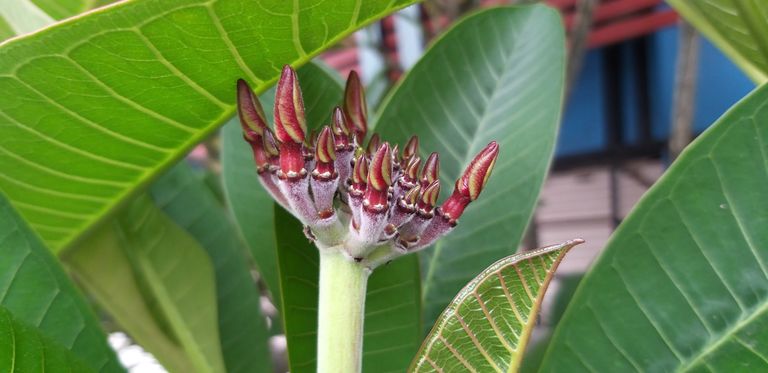
Conclusion
The beauty and colors of frangipani flowers make them a beloved and cherished part of many cultures and landscapes. Their simple yet elegant structure, diverse color palette, and enchanting fragrance create a captivating sensory experience. Beyond their aesthetic appeal, frangipani flowers carry deep cultural and symbolic significance, adding to their charm and allure. Whether used in gardens, floral arrangements, or traditional ceremonies, frangipani flowers continue to enchant and inspire with their timeless beauty and vibrant colors.

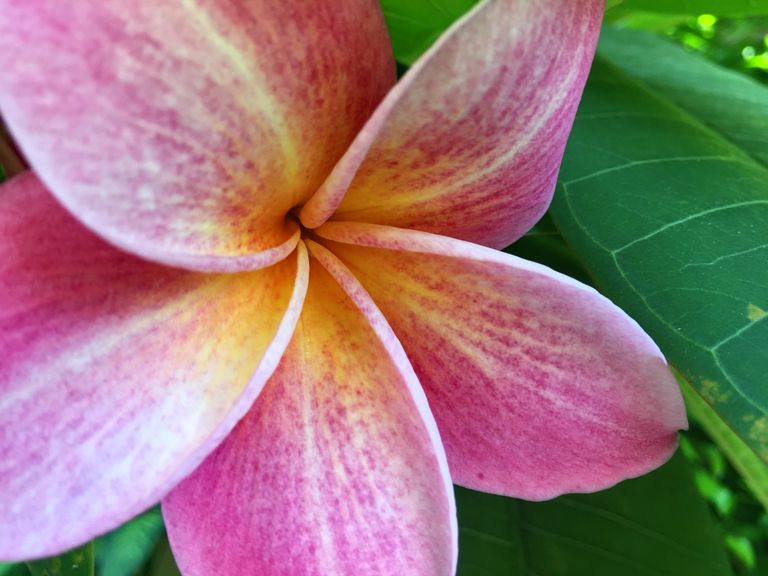
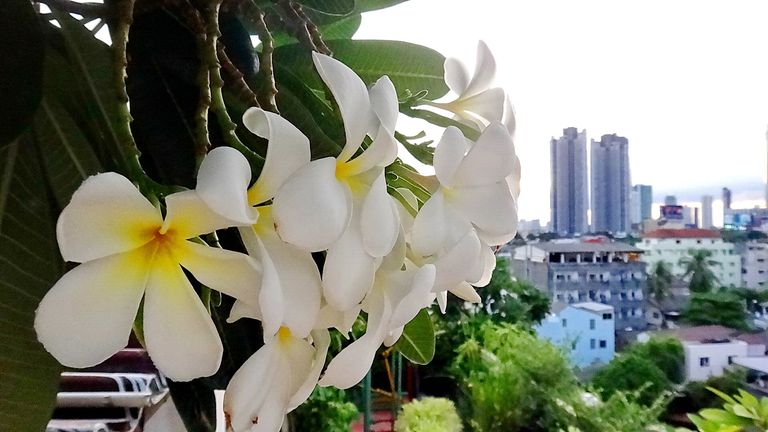
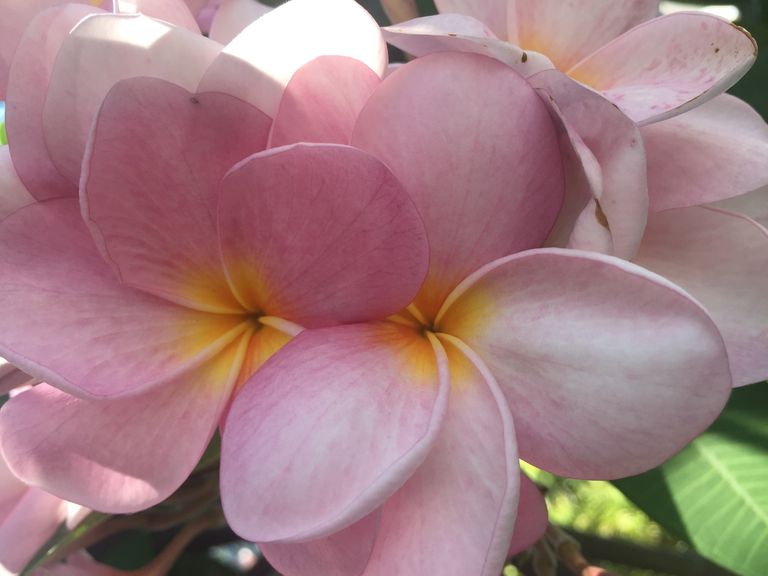
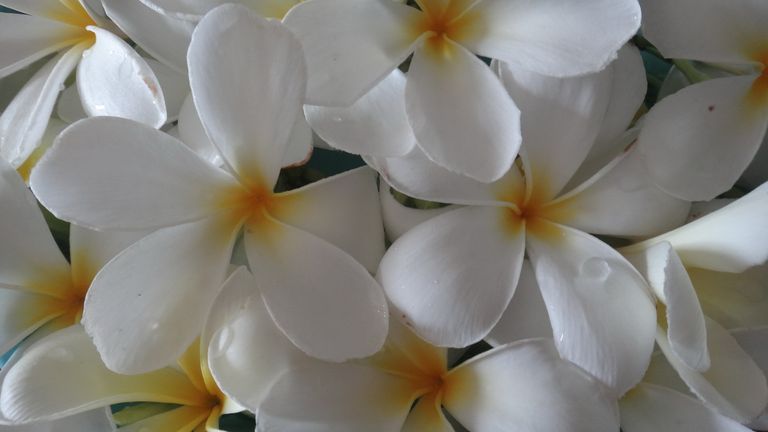
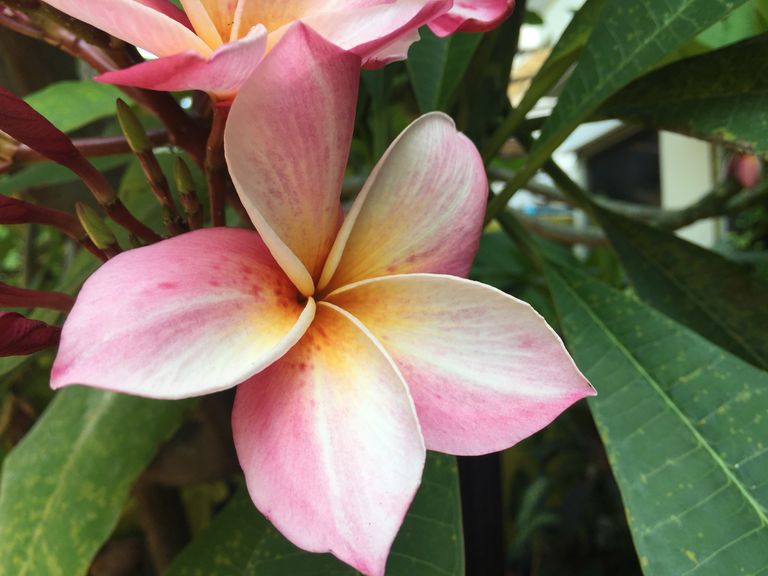
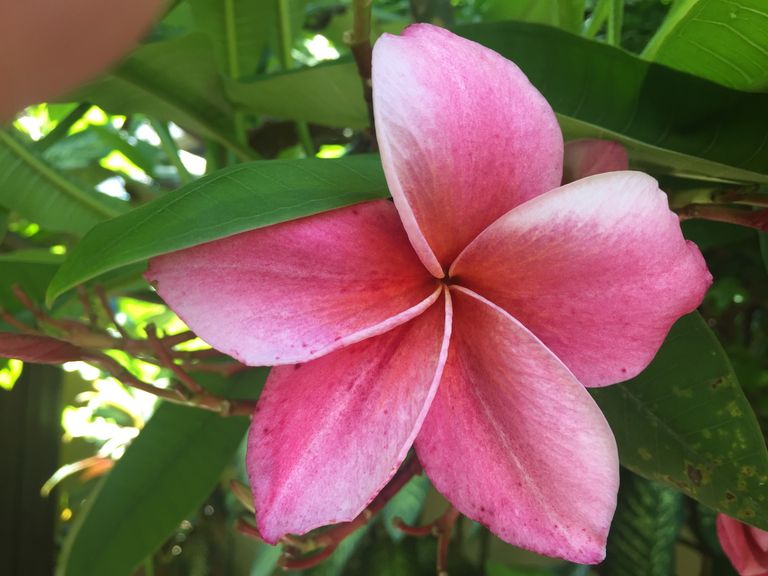
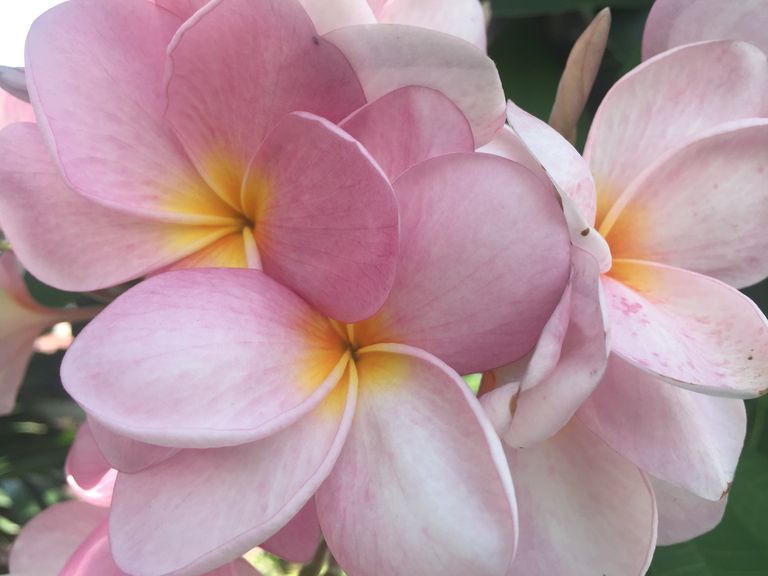
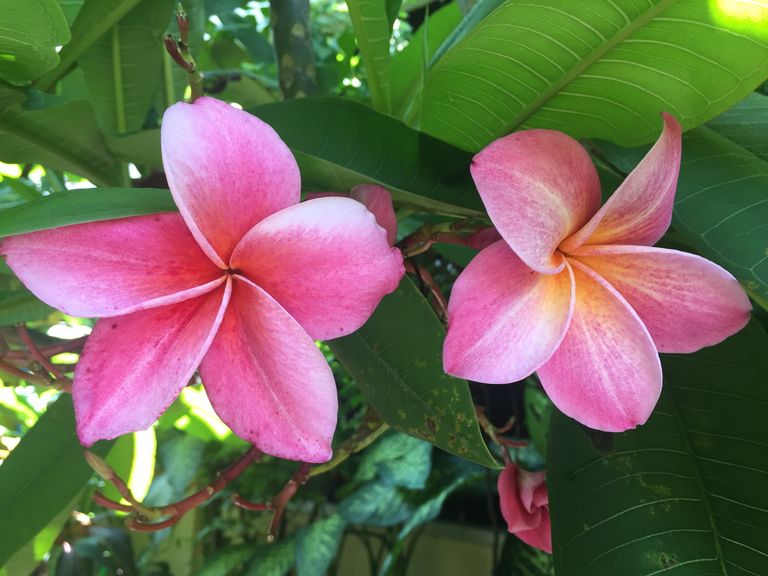
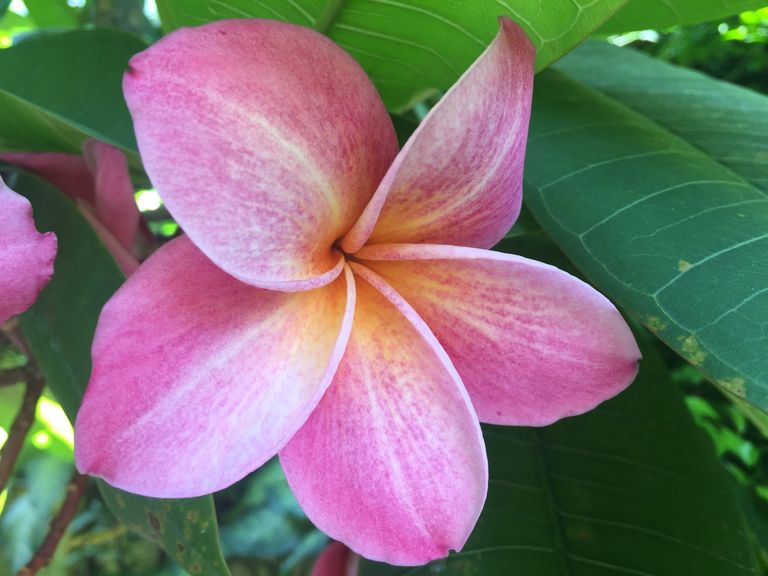
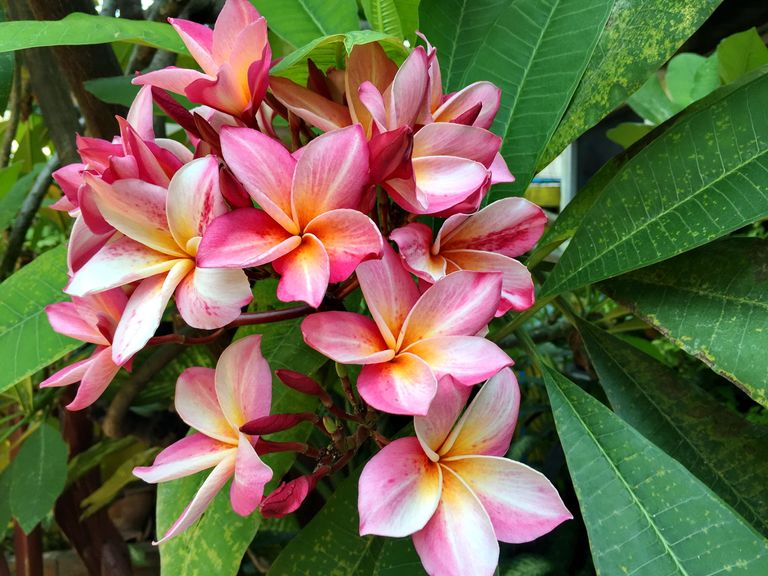
Congratulations, your post has been upvoted by @dsc-r2cornell, which is the curating account for @R2cornell's Discord Community.
Enhorabuena, su "post" ha sido "up-voted" por @dsc-r2cornell, que es la "cuenta curating" de la Comunidad de la Discordia de @R2cornell.
Telegram and Whatsapp